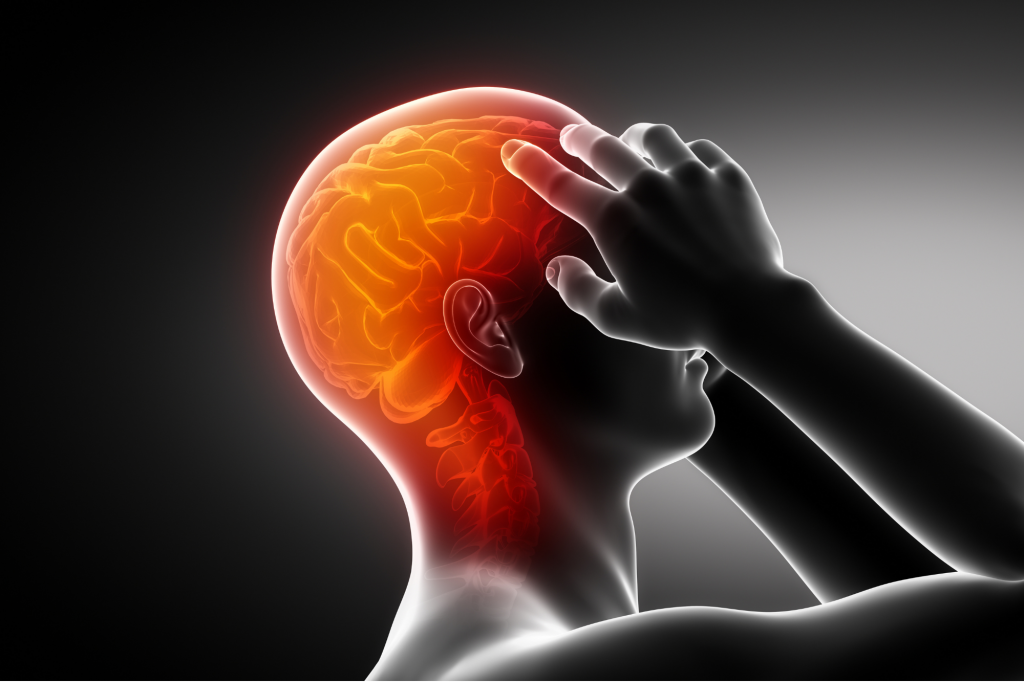Virtual reality VR technology has emerged as a transformative tool in the assessment and rehabilitation of traumatic brain injury TBI. Its immersive nature offers a novel approach to evaluating cognitive functions and motor skills, providing a more comprehensive understanding of a patient’s abilities than traditional methods. Through VR tests, clinicians can simulate real-world scenarios, allowing for a more ecologically valid assessment of an individual’s cognitive and physical capabilities post-injury. One of the key advantages of VR tests in TBI assessment is their ability to create controlled environments that mimic everyday situations. For example, a VR simulation can replicate tasks such as navigating a busy street or cooking in a kitchen, providing valuable insights into a patient’s executive function, attention, and memory. By exposing individuals to these realistic scenarios, clinicians can assess their ability to plan, problem-solve, and execute tasks in a safe and controlled setting. This enables a more accurate evaluation of the impact of TBI on everyday functioning and helps tailor rehabilitation strategies to address specific deficits.

Furthermore, VR tests offer a dynamic and customizable approach to ocat medical assessments for tbi assessment, allowing clinicians to adjust the level of difficulty and complexity based on individual needs. This flexibility is particularly beneficial in TBI rehabilitation, where the severity and nature of impairments can vary widely among patients. Clinicians can modify VR environments to target specific cognitive domains or motor skills, ensuring that assessments are tailored to each patient’s unique profile. Additionally, real-time feedback provided by VR systems allows for immediate adjustments and interventions during testing, enhancing the efficiency and effectiveness of the assessment process. In addition to assessment, VR technology holds promise for TBI rehabilitation by providing engaging and motivating experiences for patients. Traditional rehabilitation exercises can often be repetitive and monotonous, leading to decreased patient engagement and compliance. However, VR-based rehabilitation programs offer interactive and immersive experiences that can make therapy more enjoyable and rewarding. By incorporating gamification elements such as rewards, challenges, and progression tracking, VR rehabilitation encourages active participation and adherence to treatment protocols.
Moreover, VR simulations can facilitate intensive and repetitive practice of functional tasks in a safe and controlled environment. For example, virtual reality environments can be used to simulate activities of daily living such as dressing, cooking, or grocery shopping, allowing patients to practice essential skills in a risk-free setting. This not only helps improve functional independence but also builds confidence and self-efficacy, essential components of successful rehabilitation outcomes. Additionally, VR-based rehabilitation programs can be easily adapted to accommodate individual progress and goals, ensuring that therapy remain challenging and meaningful throughout the recovery process. Overall, virtual reality tests represent a significant advancement in TBI assessment and rehabilitation, offering a versatile and effective approach to evaluating cognitive and motor functions post-injury. By providing realistic simulations of everyday tasks, VR technology enables clinicians to obtain a more comprehensive understanding of a patient’s abilities and tailor rehabilitation strategies accordingly. Moreover, VR-based rehabilitation programs offer engaging and motivating experiences that encourage active participation and enhance treatment outcomes.

